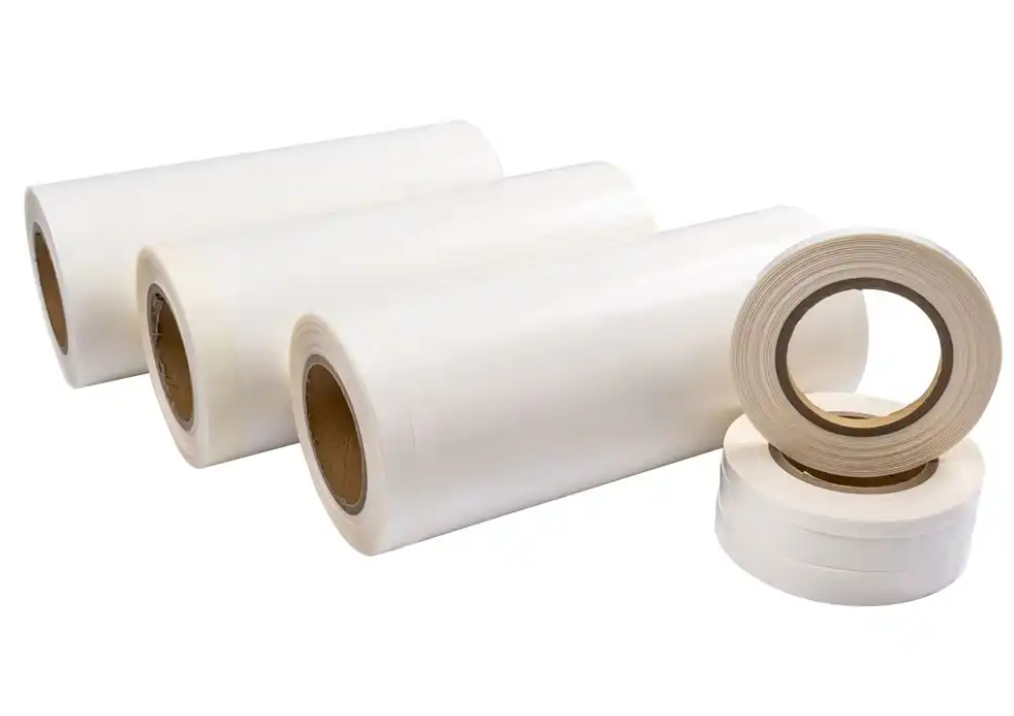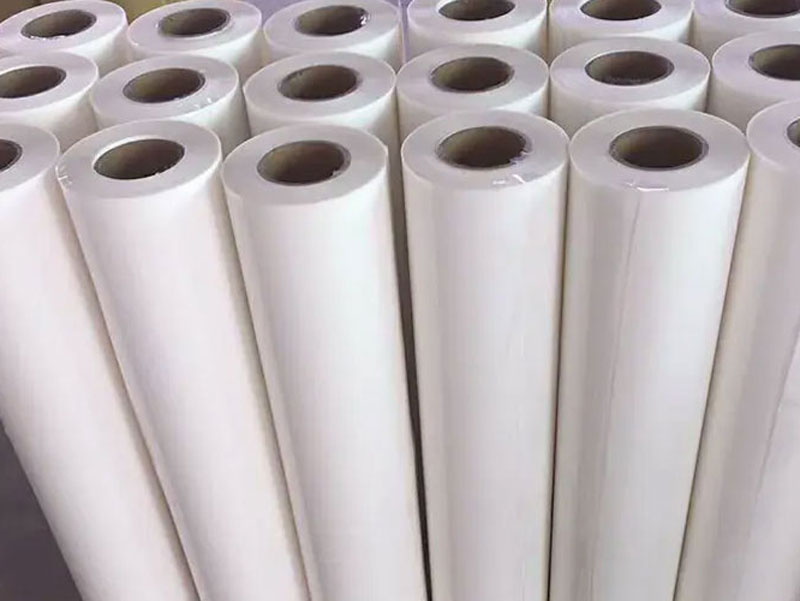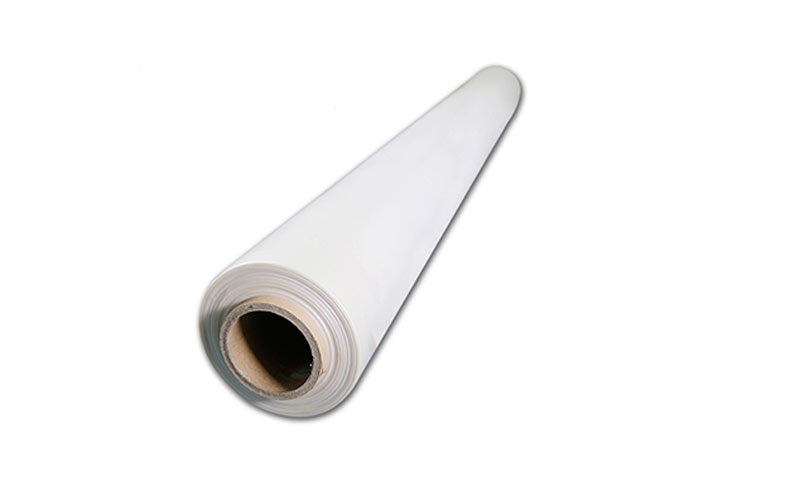In today’s competitive industrial environment, efficiency and product quality are critical. One component that plays a vital role in both is adhesive technology—more specifically, hot melt adhesive film. Whether you’re working in textiles, electronics, automotive, or composite manufacturing, choosing the best hot melt adhesive film can significantly enhance your production process and end-product reliability.
This in-depth guide will walk you through everything you need to know about hot melt adhesive films, how to choose the best one for your application, and what makes a product stand out in terms of performance, usability, and long-term durability.

What is Hot Melt Adhesive Film?
Hot melt adhesive film is a solid thermoplastic adhesive provided in film format. It is designed to bond various materials through the application of heat and pressure, without the need for solvents or additional curing agents. Upon cooling, the adhesive forms a permanent bond between the substrates.
These films are widely used across industries due to their clean handling, excellent bonding strength, and compatibility with automation systems. Compared to traditional liquid glues or tapes, hot melt adhesive films offer a more streamlined, mess-free process, making them ideal for high-volume production.
Why Choose the Best Hot Melt Adhesive Film?
Not all hot melt adhesive films are created equal. Selecting the best hot melt adhesive film ensures you receive consistent performance, optimized processing, and better end-product integrity. Here’s why quality matters:
Reliable Bonding Strength
A high-performance film creates durable bonds that can withstand heat, moisture, and mechanical stress.Clean Application
No dripping, overspray, or cleanup is needed, reducing labor and material waste.Eco-Friendly and Solvent-Free
Hot melt films are free of VOCs and harmful chemicals, making them environmentally safer than solvent-based adhesives.Automation-Friendly
Their uniform thickness and stable composition make them ideal for automated laminating and bonding systems.Versatile Across Materials
From textiles and foam to plastics, metals, and wood, hot melt adhesive film can bond a wide range of substrates.
Key Features to Look for in the Best Hot Melt Adhesive Film
To identify the best hot melt adhesive film for your needs, consider the following criteria:
1. Base Material Type
Different base polymers offer different properties. The most common materials include:
EVA (Ethylene Vinyl Acetate) – Flexible, economical, widely used in textile and packaging industries.
TPU (Thermoplastic Polyurethane) – Elastic and durable, perfect for garments, shoes, and elastic bonding.
PES (Polyester) – High thermal resistance, ideal for automotive and electronics applications.
PA (Polyamide) – Excellent adhesion to difficult substrates like metals or polyamides.
Your choice should match the thermal and mechanical demands of your application.
2. Melting Point Range
Typical activation temperatures range between 60°C to 180°C. Low-melt films are best for heat-sensitive materials, while high-melt versions provide stronger bonds for more demanding applications.
3. Film Thickness
The thickness of hot melt adhesive films typically ranges from 20μm to 500μm. Thin films are used for delicate applications like apparel, while thicker films work better for rigid materials like composites and wood.
4. Transparency and Color
Clear films are ideal for visible bonding areas, especially in apparel and decorative items. Opaque or colored options can help mask defects or match product aesthetics.
5. Bonding Time and Pressure Sensitivity
The best hot melt adhesive film will offer a quick bonding time without sacrificing strength. Some films can be activated within seconds using a heat press or roller laminator, improving overall production speed.

Applications of High-Performance Hot Melt Adhesive Films
The adaptability of hot melt adhesive film makes it valuable in many sectors. Here’s a look at its primary applications:
• Textile and Apparel
Used in seamless clothing, badge lamination, and functional garments. TPU-based films provide flexibility and washing resistance, maintaining garment integrity after multiple cleaning cycles.
• Footwear
Hot melt films enable bonding of midsoles, outsoles, and upper layers without the bulk or mess of traditional adhesives. They are especially valued in lightweight sports shoes and performance footwear.
• Automotive Interior
In car interiors, hot melt films are used to laminate seat fabrics, dashboards, door panels, and headliners. PES and PA films provide high thermal and chemical resistance.
• Electronics
Used in screen bonding, speaker membranes, and flexible circuit assembly. Hot melt adhesive films provide non-conductive, lightweight, and secure bonding without damaging sensitive components.
• Woodworking & Furniture
For wooden panels, furniture lamination, and decorative veneers, hot melt adhesive film offers a clean, chemical-free bonding alternative that enhances both appearance and structural reliability.

How to Apply Hot Melt Adhesive Film Properly
Correct application ensures strong and lasting bonds. Follow these general steps:
Surface Preparation: Ensure both bonding surfaces are clean, dry, and free of dust, oil, or release agents.
Positioning: Cut and place the adhesive film to match the bonding area. Precision here is crucial for automated processes.
Heat Activation: Use a heat press, flat iron, laminating roller, or hot air device. Temperatures should align with the adhesive film’s activation range (e.g., 90°C–160°C depending on film type).
Pressure Application: Apply uniform pressure during the heating process to ensure complete film melting and penetration into both surfaces.
Cooling and Curing: Maintain pressure during the cooling phase to solidify the bond. Some applications may require holding for several seconds to achieve maximum strength.
How to Choose the Best Hot Melt Adhesive Film Supplier
Choosing a supplier is just as critical as choosing the film itself. Here’s what to evaluate:
Product Consistency
Ensure the supplier uses advanced formulation and coating technologies to deliver consistent film thickness, melting behavior, and bonding quality.Customization Capabilities
A good supplier should offer tailored solutions in thickness, width, roll size, or chemical formulation based on your industry needs.Certifications and Quality Standards
Look for compliance with standards such as OEKO-TEX®, RoHS, or REACH. This guarantees the film is safe and meets international quality benchmarks.Sample Testing
Reputable suppliers provide free samples and technical support for pilot production runs or lab testing.Lead Times and MOQ
Fast production turnaround and reasonable minimum order quantities (MOQs) are essential for startups and medium-sized manufacturers.
One Supplier Worth Considering
If you’re looking for a professional and reliable manufacturer of hot melt adhesive films in China, Alster offers a broad selection of TPU, PES, EVA, and PA films tailored for different applications. With a strong R&D team and commitment to customized solutions, Alster serves a wide range of industries with consistent product performance and fast delivery.
Final Thoughts: Making the Right Choice
Selecting the best hot melt adhesive film is about understanding your application requirements and matching them with the right technical specifications. Factors like melting point, base material, film thickness, and bonding strength all contribute to product performance and processing efficiency.
Whether you are in garment production, automotive interiors, electronics, or furniture manufacturing, investing in a high-quality hot melt adhesive film can reduce production costs, minimize waste, and ensure long-lasting product durability.
Start by testing samples that meet your criteria, and always work with a knowledgeable supplier that supports customization, quality assurance, and reliable logistics.
